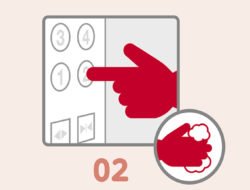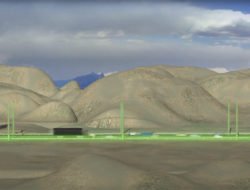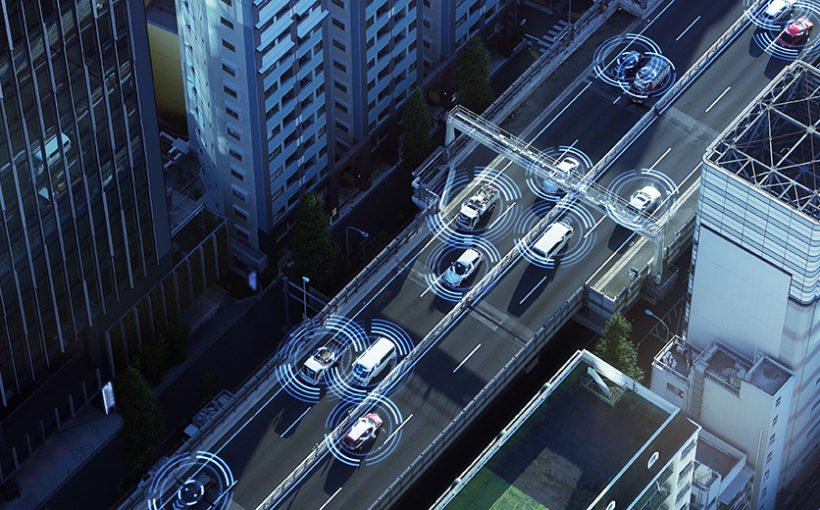Sensors that detect priority vehicles and clear the road. Lights that adapt to real-time traffic. Technology at the service of road safety.
Road traffic, let’s face it, is not the easiest to manage in a city. Despite efforts to curb the adverse effects of car congestion, most urban centres suffer from the large number of vehicles on their roads several hours a day. And no matter how many lights we put into operation to reduce traffic jams (and, incidentally, better protect pedestrians), this will not necessarily fluidise traffic.
One of the great dangers is the dramatic impact that such congestion can have on emergency vehicles such as police cars, ambulances, fire trucks… The speed of traffic is crucial, as lives are often at stake. And even if these vehicles almost always have priority over other road users, these actions carry risks. When an ambulance is stuck in a traffic jam, it won’t be able to drive quickly, even though it has priority.
A map of the city in real time
Two Canadian researchers from the Memorial University of Newfoundland have developed an algorithm system that activates traffic lights based on real-time traffic (taking into account the speed and route of each car) and the possible presence of priority vehicles. The rhythm of the lights is adapted to the presence of emergency vehicles, which will be able to move more easily and avoid dangerous situations. Similarly, suggestions for routes adapted to traffic are sent to priority users.
Through sensors, the system, called Emergency Vehicle Pre-emption, detects priority vehicles in traffic and sends a signal to the programme that manages the lights. Research points out this could reduce delays caused by traffic jams by 8%.
Tests, funded by European funds, are under way at the Modena Automotive Smart Area in Italy. By combining the different data collected for all vehicles in a city, one can generate a map of the traffic in real time. In Montreal, some fire stations are doing similar tests. The challenge: to develop an intelligent traffic management system that takes into account all available data, in order to improve the efficiency of emergency services.
Tags: Emergency Vehicle Pre-emption, Mobility, prioritisation for emergency vehicles, road traffic, traffic jams







































